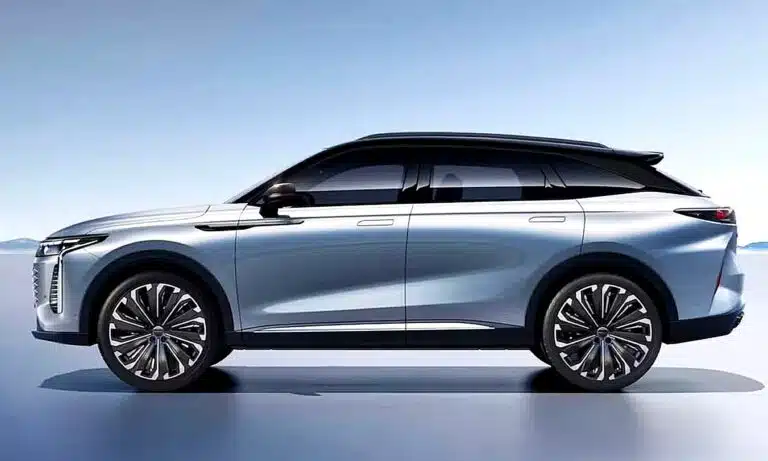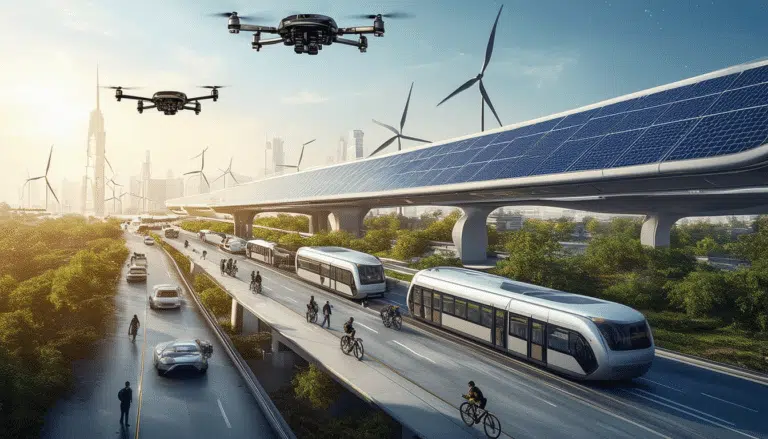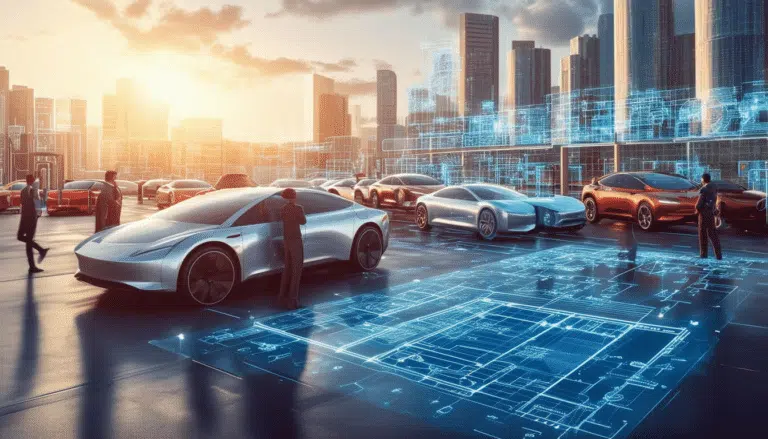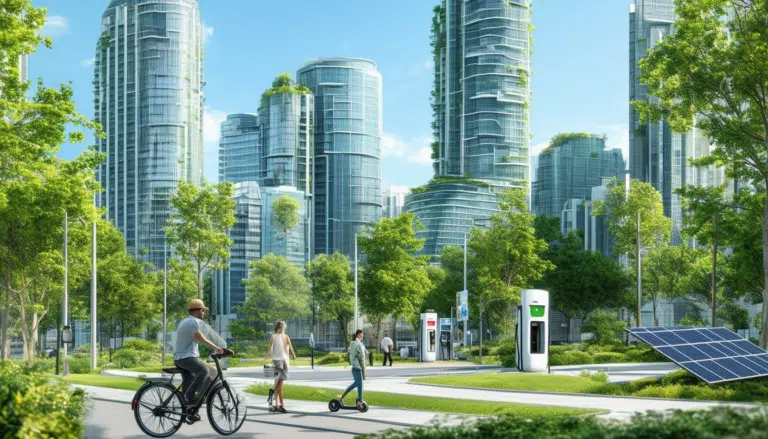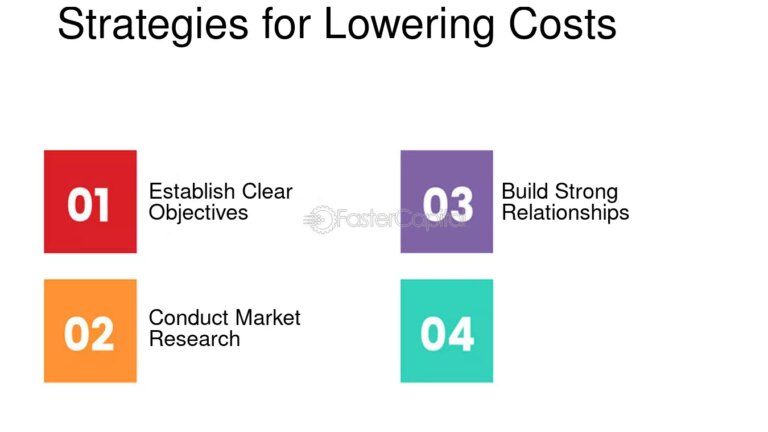If they can…, vehicles from the United States show the lowest levels of fuel efficiency and CO2 emissions
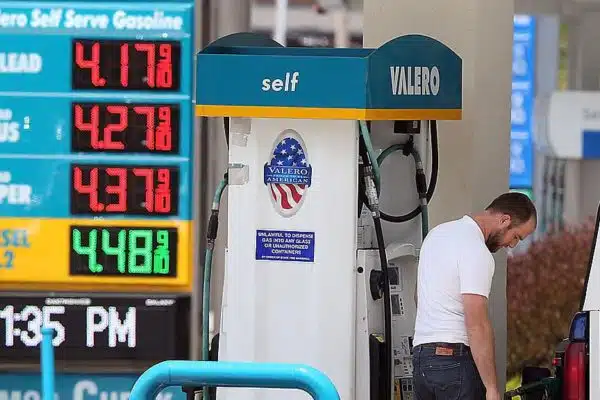
The automotive industry in the United States has traditionally been synonymous with excessive fuel consumption and high CO2 emissions. Although significant strides have been made towards greater energy efficiency, North American vehicles still present notable challenges compared to international standards. This context reflects not only the legacy of a market dominated by big engines but also the urgency to adopt more effective measures that promote a more sustainable future.
If they can…
The evolution of the vehicle fleet in the United States has been a topic of discussion for years, and despite advances in technology and efficiency, the reality is that North American vehicles still show levels of fuel efficiency and CO2 emissions that leave much to be desired. This article analyzes the current situation and considers the emerging trends that could transform the transportation landscape in the country.
Tradition versus modernity
Traditionally, cars in the United States were associated with big engines and excessive fuel consumption. For decades, the automotive culture of the country prioritized size and power over efficiency. However, with increasing concerns about climate change and public health, the need to address these issues has become increasingly urgent.
Alarmingly low efficiency and emissions data
A recent report from the EPA (Environmental Protection Agency of the United States) revealed troubling figures: despite some advancements, the fuel efficiency of new vehicles remains below expectations. Compared to international standards, vehicles in the United States show a performance below average, which not only impacts the domestic economy but also affects the environment.
Challenges of electrification
While the electrification of the vehicle fleet is gaining ground, the transition to electric and hybrid vehicles presents significant challenges. The charging infrastructure is still insufficient in many areas, discouraging consumers from adopting these models. Additionally, costs remain a barrier for many families, limiting access to cleaner technologies.
The role of public policies
Government initiatives to raise emission standards and promote energy efficiency are crucial for catalyzing significant change. However, there is skepticism about the reality of these policies and their ability to transform a traditionally resistant market. Environmental groups and consumers urge a more aggressive approach to regulating the automotive industry.
International comparisons
A glance at other countries that have adopted more sustainable transportation policies reveals that it is possible to achieve significant advances in energy efficiency of vehicles. While countries like some in Europe have developed strict standards that promote sustainability, the United States still struggles to reach those levels. The difference in response to the environmental crisis between regions is evident.
Fuel consumption in numbers
Data indicates that while fuel economy has shown slight improvements in recent years, a considerable effort is still needed to reduce fossil fuel consumption. Increasing the efficiency of vehicles not only lowers costs for owners but is also vital in the fight against greenhouse gas emissions.
The future of mobility in the United States
Looking ahead, cars in the United States must embark on a journey towards sustainability and reducing CO2 through the formation of partnerships among automakers, governments, and communities. Initiatives such as promoting energy efficiency in communities and improving building codes are steps towards a greener future.
Conclusion
fuel efficiency and sustainability, it is possible to shape a future where cars are both efficient and environmentally friendly. As technology advances and regulations change, the hope of improving consumption and emission levels is becoming increasingly tangible.
A Shift Towards Efficiency
In recent decades, vehicles in the United States have been associated with excessive fuel consumption and high levels of CO2 emissions. However, the trend has begun to change, driven by the growing awareness of the need for sustainable mobility. The latest data reveals that the North American automotive sector has reached unprecedented levels of efficiency, closing the gap that separated it from those countries more advanced in terms of energy efficiency.
The increase in fuel efficiency reflects not only changes in vehicle technology but also a change in public policies and in the mindset of both manufacturers and consumers. The improvement in fuel performance, which exceeded 0.6 miles per gallon in the latest report, is a significant step towards reducing dependence on fossil fuels. This not only benefits household economies but also contributes to lowering environmental pollution.
Moreover, the decrease in carbon dioxide emissions by 3% compared to the previous year represents a historic advance that can be considered an indicator of the change in perception regarding environmental responsibility. This reduction in emissions, accumulated over the last 20 years, shows that the joint efforts of manufacturers, regulators, and consumers can generate a positive impact on the planet.
The future of the U.S. vehicle fleet seems to lie in electrification and the use of alternative technologies. The commitment of companies and the government to stricter regulations for greenhouse gas emissions heralds a promising horizon where vehicles in the United States can align with global standards, thus achieving more responsible and sustainable mobility. This shift in mentality is essential to face climate challenges and build a path toward sustainability.

